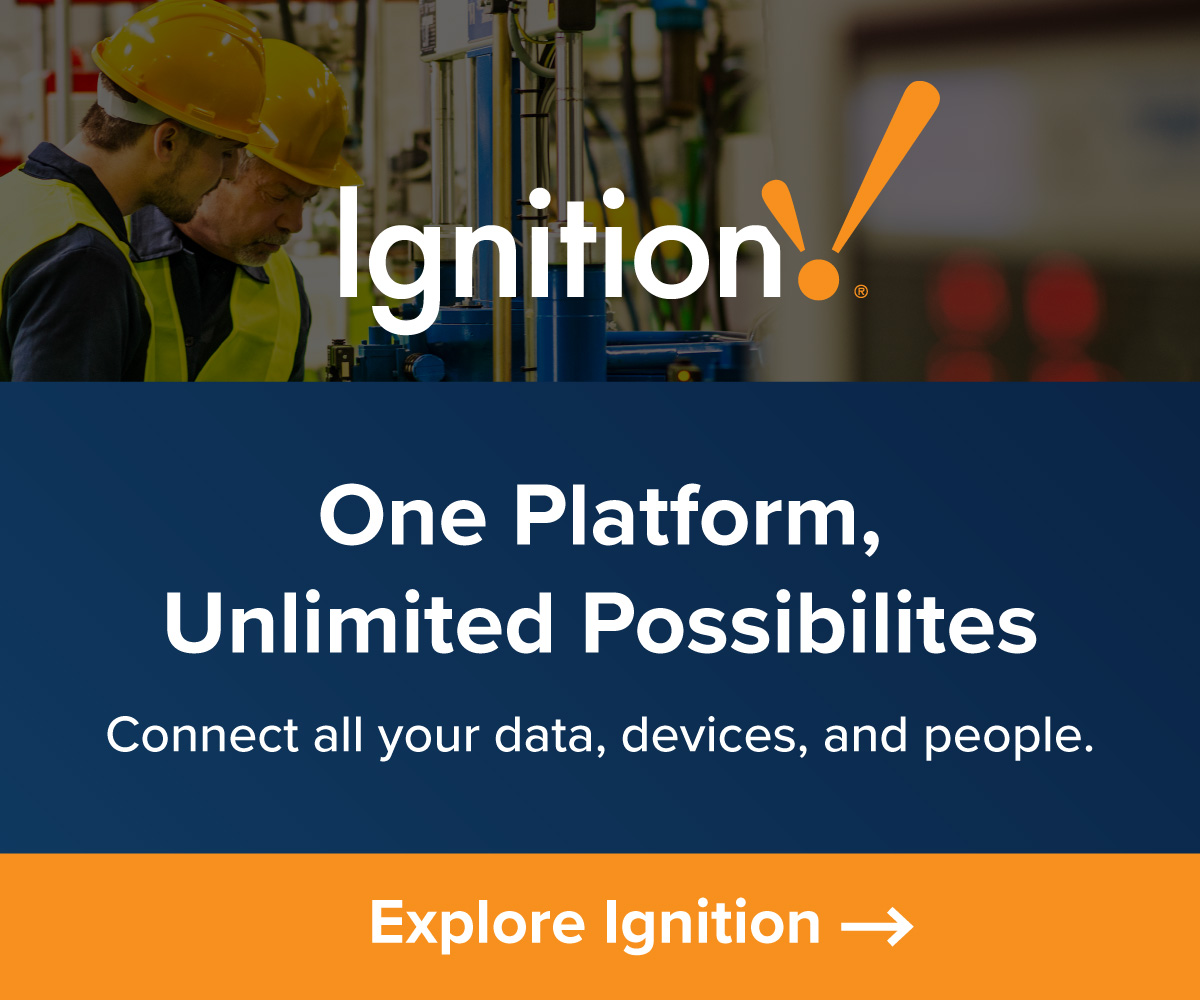MIMOSA, an Operations and Maintenance Information Open System Alliance association, held its annual meeting last week at the Chevron Innovation Center in Houston.
The most amazing thing about MIMOSA, the organization, and the Oil&Gas Interoperability Pilot specifically, is the amount of progress they have made over the past few years. Some of the work has been ongoing for over a decade. Emphases have shifted over time reflecting the needs of the moment and the readiness of technology.
MIMOSA is a not-for-profit trade association dedicated to developing and encouraging the adoption of open information standards for Operations and Maintenance in manufacturing, fleet, and facility environments. MIMOSA’s open standards enable collaborative asset lifecycle management in both commercial and military applications.
Interoperability, not integration
The theme was manufacturing software interoperability from design to operations and maintenance. I use the term manufacturing in a generic sense, because I couldn’t find a more general, yet specific, term. The initial impetus for this work lies in the oil & gas industry.
MIMOSA’s strategy is a “federation of standards” approach. It does not try to write standards for every model, data, or object. It incorporates existing standards and attempts to tie them together into a workable system.
The beauty of this lies in the ability to just use data models from a variety of relevant sources and focus on the needs of owner/operators.
The OGI Pilot demonstration project, first unveiled in 2012 at ISA Automation Week, revealed that it is possible to pass live data from the engineering system (Aveva, Bentley, Intergraph in this case) into an operations & maintenance database (see the image accompanying the article).
Solves big headache
The beauty of the system is that as-designed data can be passed to operations. With proper business processes and management of change, updates can be made live. This means that when the project moves to handover and start up, engineers and technicians can find information they need quickly and can have a high degree of trust in that data. The way it is today, pdfs of the engineering data are handed over. These are hard to search. They are also hard to keep current.
Non-threatening
Two roadblocks have stood in the way of progress. One is that the voice of the owner/operator is often fragmented. They often settle for totally proprietary solutions entailing custom programming at great expense and little assurance of reliability. The other is the reluctance on the part of suppliers (understandably) to be told by a standard how to write their data.
Using the federated standards approach with what I’ll call translators, each software application can expose data in a format that allows interchange with other software applications without anyone tinkering with what’s “under the hood.”
Other standards organizations have failed on this latter point. They have tried to construct a standard that forced products to commodity status. This not only threatens suppliers, it also threatens innovation. The MIMOSA / OGI approach does away with that constraint.
We are starting to get to where the owner/operators need the technology to be. This work will benefit everyone.







Trackbacks/Pingbacks